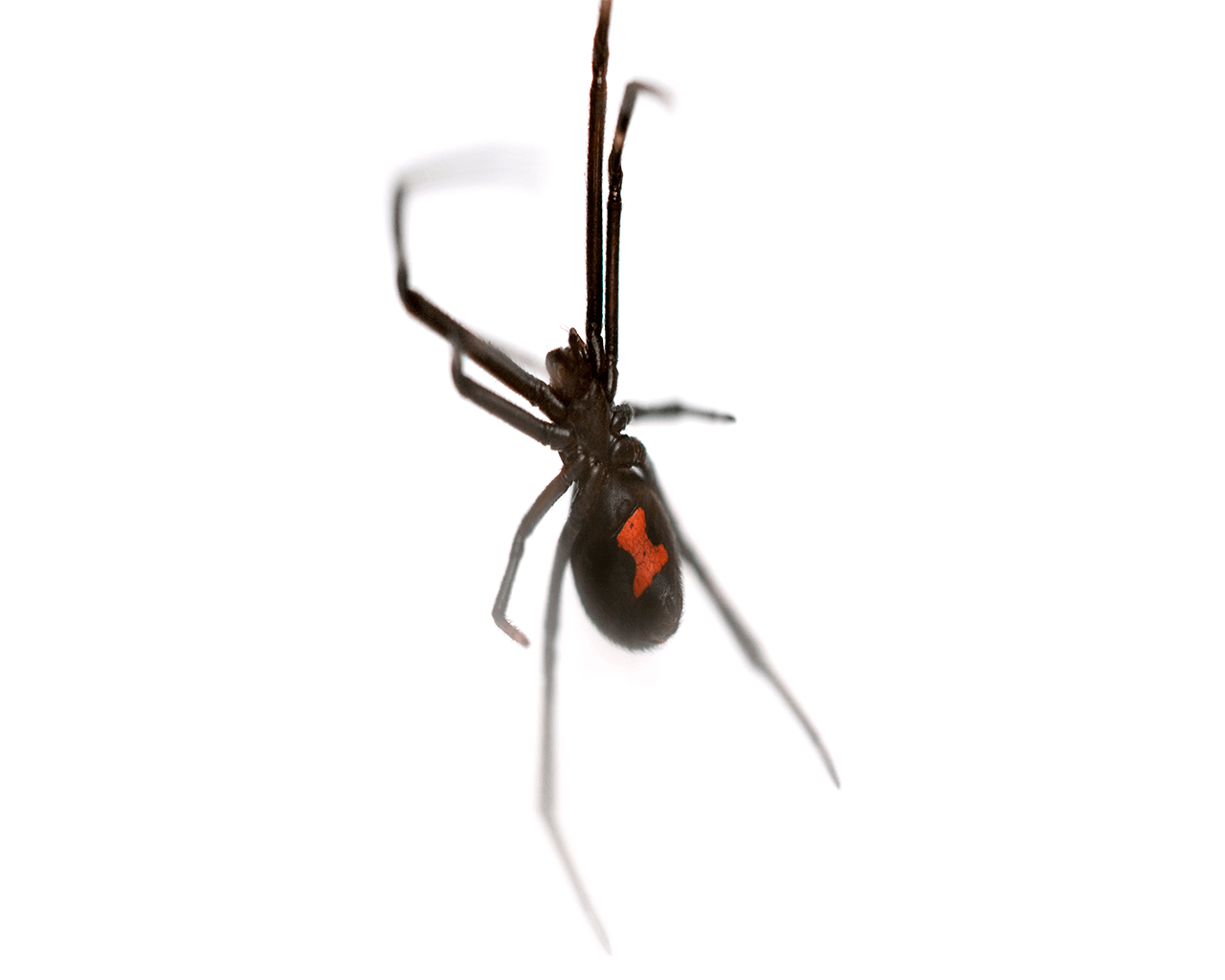Spiders in general aren’t known for running around in the daylight. They tend to stick to dark corners, as this helps them better hunt unsuspecting prey and it helps them hide from other possible predators. However, there is one situation in which a spider has a bigger advantage working with light; if the spider in question is a web-weaving spider. Prey such as moths are attracted to sources of light such as street lamps. However, these kinds of light-emitting objects also tend to be located in more urban and suburban areas. Tomer Czaczkes of the University of Regensburg, in Germany, believes that because of this, at least one species of urban web-spinning spider has lost its fear of light, or photophobia, in order to set up their web near such lights and take advantage of the better access to prey attracted to light.
It was after seeing many well-fed and happy spiders building their webs near streetlamps in Regensburg that Dr. Czaczkes began to wonder if city life has changed spiders’ behavior. When he found out that urban moth populations are less attracted to light than their rural cousins, he thought that the reverse might be true for urban spiders. Urban spiders should be more attracted to, or less afraid of, lights than rural spiders. To see if his theory was true Dr. Czaczkes and his colleagues took 783 spiderlings from both rural and urban areas, as well as a number of different countries, and placed them in boxes individually that had a board dividing the space in half. He lit one side of each box with a lamp that produced no heat, and left the other side dark, with two tiny gaps allowing the spiderlings to cross between the two sides. After randomly placing each spiderling in either the dark or light side of the box, the researching then watched to see in which side they built their web.
The results were exactly as Dr. Czaczkes expected they would be. Two thirds of the spiderlings collected from rural locations built their webs in the dark side of the box. Their urban cousins, however, only built half of their webs in the dark side, suggesting that the urban spiders were indeed less afraid of light. The rural spiders were still very photophobic, but the urban spiders had adapted to the point where they did not exactly like the light, but had at least ceased to fear it.
Have you ever noticed how many spider webs in urban areas are close to light fixtures? Have you noticed less spiders hanging around near lights in rural areas?







